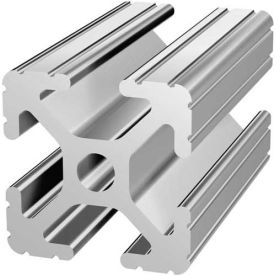The power supply you get really depends on how much current you need. I used 12V ball valves for the liquid side, but I used 120V valves for the gas solenoids because the 12V ones needed a lot of current. 12V solenoids need something like 800 mA, so for 3 valves, you need 2.4 amps. That's a lot of 12V current. Instead, use the 120V gas valves and trigger them with an SSR just like the pumps. They will only need a couple of milliamps to trigger. The 12V ball valves only use something like 40 mA to operate. A single 1 amp 12V power supply can run all the ball valves and relay board, with plenty of current to spare.
















































![Craft A Brew - Safale BE-256 Yeast - Fermentis - Belgian Ale Dry Yeast - For Belgian & Strong Ales - Ingredients for Home Brewing - Beer Making Supplies - [3 Pack]](https://m.media-amazon.com/images/I/51bcKEwQmWL._SL500_.jpg)












